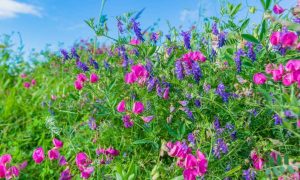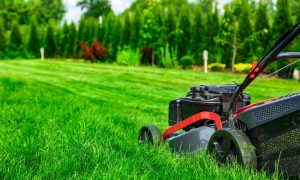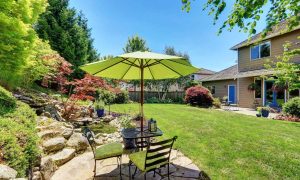Look around any American suburb, and you’ll see them – perfect green rectangles stretching across neighborhoods. These traditional lawns have dominated our landscapes for generations. My neighbor Mark spends every Saturday morning on his riding mower, keeping his grass at exactly 2 inches. He applies four different chemicals throughout the season. His lawn looks like a golf course, but at what cost? The biodiverse lawn movement is gaining traction across the country. Homeowners are questioning the environmental impact of traditional lawn care. Many folks simply want to create outdoor spaces that work with nature instead of against it. The results show reduced water bills, less maintenance, and yards buzzing with life.
What are Biodiverse Lawns
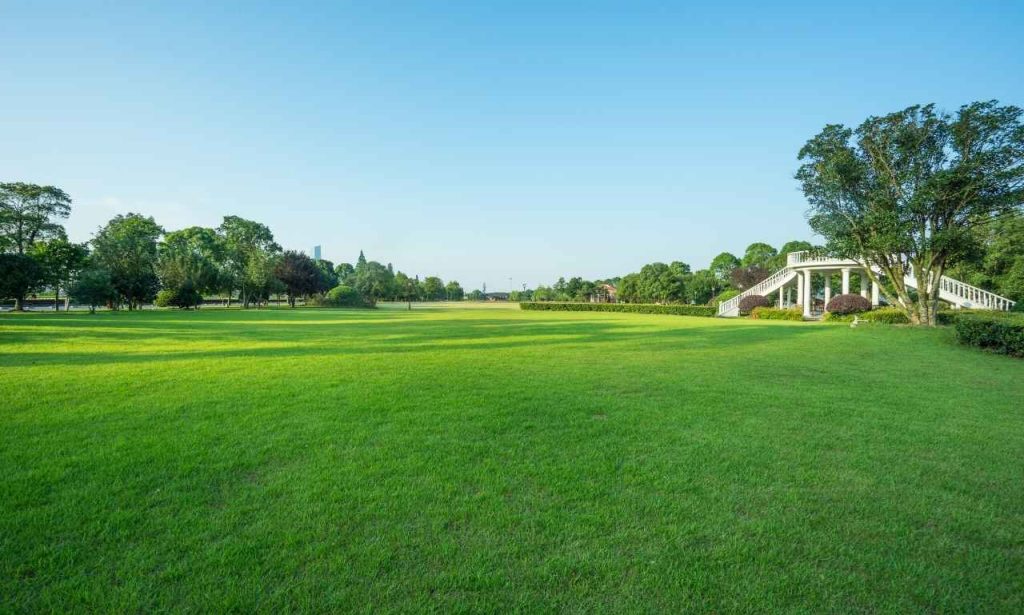
Biodiverse lawns contain multiple plant species growing together in a balanced ecosystem. They might include traditional grasses mixed with clover, dandelions, and other flowering plants. No two biodiverse lawns look exactly the same. Each reflects the local growing conditions and plant communities native to the region.
My friend Sarah in Arizona has a biodiverse yard featuring drought-tolerant grasses and desert wildflowers. Meanwhile, in rainy Portland, Steve incorporates moss patches and moisture-loving native plants. Both yards qualify as biodiverse despite looking completely different. The common thread is working with local conditions rather than fighting them.
Some homeowners transition gradually by allowing certain areas to grow more naturally. Others dive in completely, replacing traditional grass with native plant mixes. Either approach creates a lawn that connects more deeply with the surrounding ecosystem. These natural lawns become part of the solution to habitat loss and environmental challenges.
Benefits of a Biodiverse Lawn
The switch to a biodiverse lawn brings numerous advantages for homeowners and the environment. These benefits extend far beyond simple aesthetics or trends. Let’s explore the practical reasons more people are embracing this approach to yard care.
Resilience to Climate Change
Biodiverse lawns handle weather extremes remarkably well compared to traditional grass. Last summer’s drought left many lawns in my neighborhood brown and crispy, but my mixed lawn stayed mostly green without supplemental watering. The secret lies in the diverse root systems of multiple plant species.
Native plants typically develop deeper roots than conventional lawn grass. These roots reach further into the soil profile to find moisture during dry periods. During heavy rainfall, these same extensive root networks prevent erosion and absorb water quickly. The absorption reduces flooding and runoff problems that plague many neighborhoods.
Dr. Carlos Mendez studied lawn performance during the 2021 heatwave across the Midwest. His team at Michigan State found that biodiverse lawns maintained 58% more green coverage than traditional lawns. The varied plant species provided natural insurance against extreme conditions. When one plant struggled, others filled in the gaps. This resilience will become increasingly valuable as weather patterns grow more unpredictable.
Support Local Wildlife
The biodiverse area of my lawn has transformed into a wildlife observatory for residents in my neighborhood. The morning dew is a hunting ground where Robins can find their prey. During the fall season, the goldfinches search for seeds that remain on withered flower heads. The occasional rabbit uses the shelter without significantly harming the surrounding area. The yard did not attract these animals before it was transformed into grass.
The implementation of backyard biodiversity establishes essential connected habitation spaces for wild animals. The reduction of natural habitats through development makes residential yards essential ecological connectors between the remaining more significant habitats. Diverse vegetation benefits small mammals, birds, and beneficial insects. The different plants in the area serve as food sources, protective shelters, and nesting resources for wildlife.
The Ohio bird enthusiast Tom Walker recorded changes in his backyard for five consecutive years. The conversion to biodiverse landscaping enabled him to identify thirty-one bird species, while his previous traditional lawn supported only twelve species. The wildlife connection established by biodiverse vegetation provides a source of pleasure for everyone in the family.
Pollinator Health
The declining numbers of bees and butterflies has made headlines in recent years. These essential pollinators face challenges from habitat loss and pesticide exposure. A biodiverse lawn offers them a safe haven with reliable food sources throughout the growing season.
Different flowering plants in a mixed lawn bloom at various times from spring through fall. This continuous food supply supports diverse pollinator populations. Bees collect pollen and nectar from clover and dandelions. Butterflies feed on native wildflowers. Even moths and other night pollinators benefit from evening-blooming species.
Jennifer Lee tracked pollinator activity before and after converting her Maryland lawn. In just the second year, she counted five times more butterfly species. Native bees established ground nests in bare patches. Hummingbirds began making regular stops during migration seasons. These creatures don’t just stay in her yard—they travel throughout the neighborhood, benefiting gardens and flowering trees.
Improved Soil Health
The soil beneath my lawn has completely transformed over the past three years. What was once hard-packed clay now feels loose and crumbly. Earthworms appear with every shovelful. This improvement happened naturally without trucking in expensive topsoil or amendments.
Biodiverse lawns build soil health through natural processes. Different plant species contribute unique benefits to the soil ecosystem. Deep-rooted plants break up compaction and bring nutrients to the surface. Clover and other legumes add nitrogen without chemical fertilizers. The variety of root structures creates channels for water and air to penetrate.
A 2022 study in Urban Forestry & Urban Greening compared soil quality under different lawn types. The researchers found 68% higher organic matter in biodiverse lawns compared to traditional grass after just three years. This improvement means better water retention during drought and better drainage during heavy rains. The enhanced soil becomes self-sustaining, requiring fewer inputs each year.
Reduced Chemical Use in Soil and Water Runoff
Traditional lawn care often relies heavily on synthetic fertilizers, herbicides, and pesticides. These chemicals don’t stay put. Rain washes them into local waterways, causing algae blooms and harming aquatic life. Pet paws track them into homes, exposing family members to residues.
Biodiverse lawns break this chemical dependency cycle. The natural balance between different plants and beneficial insects controls most pest problems. Native plants evolved to thrive in local conditions without additional fertilizers. Drought-tolerant species reduce or eliminate irrigation needs in many climates.
My neighbor Rick tracked his lawn care expenses before and after switching to a biodiverse approach. His yearly spending dropped from $587 on chemicals and water to just $89 for occasional seed supplements. Beyond the financial savings, he feels better knowing his grandchildren can play safely on his lawn without chemical exposure. The local creek running behind our properties shows cleaner water and more minnows since several neighbors made the change.
Carbon Sequestration
Many homeowners are looking for ways to reduce their carbon footprint due to climate change concerns. Surprisingly, your lawn can help with this global challenge. Biodiverse lawns sequester significantly more carbon than traditional grass-only lawns.
The secret lies underground in the extensive root systems of diverse plants. These roots store carbon in the soil where it remains stable for decades. Above ground, the reduced mowing frequency means less fossil fuel usage and emissions from lawn equipment. Some biodiverse lawn owners mow just 3-4 times yearly compared to weekly mowing of traditional lawns.
Researchers at Colorado State University measured carbon storage in different lawn types. Their findings showed biodiverse lawns sequestered up to 31% more carbon than conventional turf grass over a five-year period. This carbon benefit increased as the lawns matured and plant roots established more deeply. Your yard choice can actually help fight climate change while saving you time and effort.
Less Maintenance
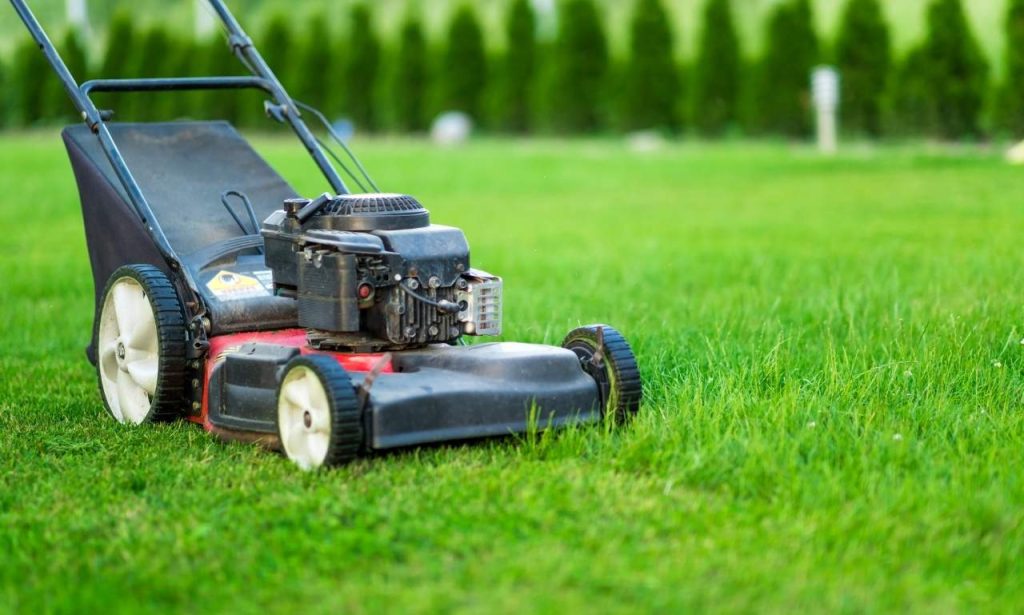
The weekend soundtrack in most neighborhoods includes the constant drone of lawn mowers and string trimmers. Traditional lawns demand regular mowing, edging, fertilizing, and weeding, which consumes hours of valuable time throughout the growing season.
Biodiverse lawns break this time-consuming pattern. Native plants typically need mowing only a few times per year, if at all. Their natural drought tolerance reduces or eliminates watering needs in many climates. The balanced ecosystem controls most pest and weed issues without human intervention.
Susan Collins tracked her lawn care hours before and after converting to a biodiverse approach in Wisconsin. Her time investment dropped from 7.5 hours weekly to less than 2 hours monthly. She now spends this reclaimed time gardening with vegetables and relaxing in her yard instead of constantly maintaining it. The reduced maintenance doesn’t mean an unkempt appearance – just a different kind of beauty that evolves with the seasons.
Educational Opportunities
My sister’s kids love visiting our yard to hunt for interesting bugs and identify new flowers. Their school science projects often feature observations from our biodiverse lawn. The educational value of these living laboratories cannot be overstated in our increasingly digital world.
Children develop natural curiosity and environmental awareness by interacting with diverse yard ecosystems. They witness seasonal changes through different blooming cycles. They observe plant-insect relationships that textbooks can only describe. The yard becomes a hands-on classroom right outside the door.
Several schools have created biodiverse demonstration areas on their grounds. These outdoor classrooms teach students about ecology, plant identification, and environmental stewardship. Teachers report increased engagement when lessons incorporate these living examples. The learning extends to adults as well, who discover new appreciation for natural systems operating in their own yards.
How to Cultivate a Biodiverse Lawn
Converting to a biodiverse lawn doesn’t require specialized knowledge or expensive equipment. Most homeowners can make the transition gradually using simple techniques. Start with these practical approaches that work in most regions.
Enhancing Biodiversity
Begin by simply mowing less frequently and raising your mower height to at least 3 inches. This single change allows existing diversity to express itself as flowering plants get a chance to bloom between cuts. Many “weeds” are actually beneficial native plants waiting for opportunity.
Stop using broad-spectrum herbicides that kill everything except grass. Instead, remove problematic plants individually if needed. This selective approach preserves beneficial species while controlling any truly troublesome plants. The natural balance often reduces weed pressure without chemicals.
Add diversity by overseeding with native grass mixes and flowering plants appropriate for your region. Your local extension office can recommend species suited to your specific conditions. Fall and spring are ideal conditions for establishing new plants without excessive watering.
Diversify Your Lawn
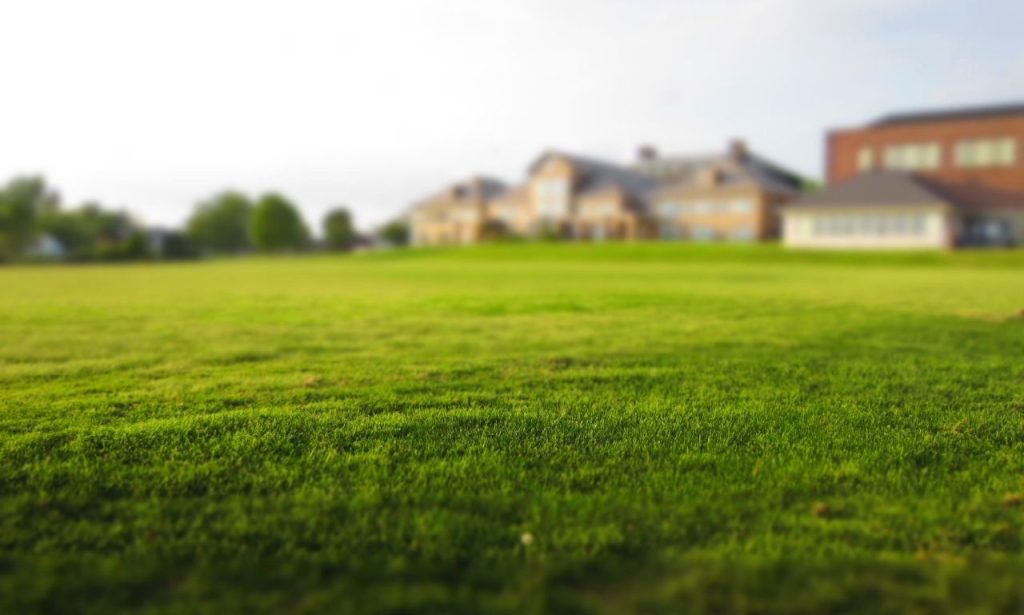
Create unmowed sections in less visible portions of your yard. These mini meadows quickly attract butterflies and provide seed sources for birds. The contrast between mowed paths and taller growth areas creates visual interest and functional zones in your landscape.
Introduce native plant islands within your existing lawn. These patches can start small and expand gradually as you get comfortable with the new aesthetic. Focus on plants that offer multiple seasons of interest through flowers, seed heads, or winter structure.
Add habitat features like bird baths, brush piles, or rock gardens to support wildlife. These elements create microhabitats within your yard ecosystem. They attract beneficial creatures that keep potential pest populations naturally balanced.
Conclusion
The shift toward biodiverse lawns represents a reconnection with nature right in our own yards. These living ecosystems offer practical benefits while addressing larger environmental challenges. The reduced maintenance alone convinces many homeowners to make the change.
Your biodiverse lawn journey can start with small steps this season. Mow higher and less frequently. Allow clover and other beneficial plants to remain rather than fighting them. Watch how your yard responds and expands from there. Each small change builds toward a more resilient, beautiful, and beneficial outdoor space.
The perfect lawn doesn’t need to be a perfect carpet of grass. It can be a vibrant, evolving ecosystem that reflects your local environment. Your yard can become a living legacy that supports nature and brings joy for generations to come. The biodiverse lawn movement isn’t just a trend – it’s a return to working with nature instead of against it.
Also Read: Unique and Inspiring Landscaping Border Ideas
FAQs
Biodiverse lawns have a different aesthetic but can be equally attractive. Mowed edges and defined borders create a maintained appearance.
Absolutely! Many biodiverse lawns include areas of durable plants specifically for play and gathering spaces.
You’ll see changes within the first season, but full establishment typically takes 2-3 years as plants mature.
The natural balance in diverse lawns actually reduces pest problems as beneficial insects control potential issues.
Check local ordinances, but many areas now encourage sustainable landscaping. Front yard borders often help with community acceptance.

